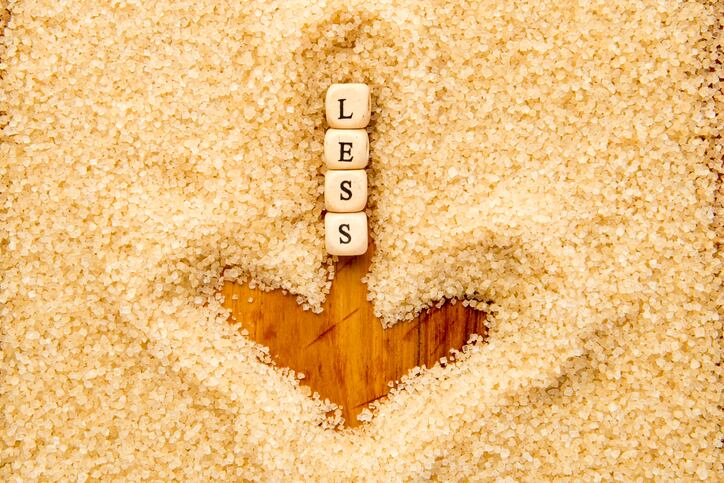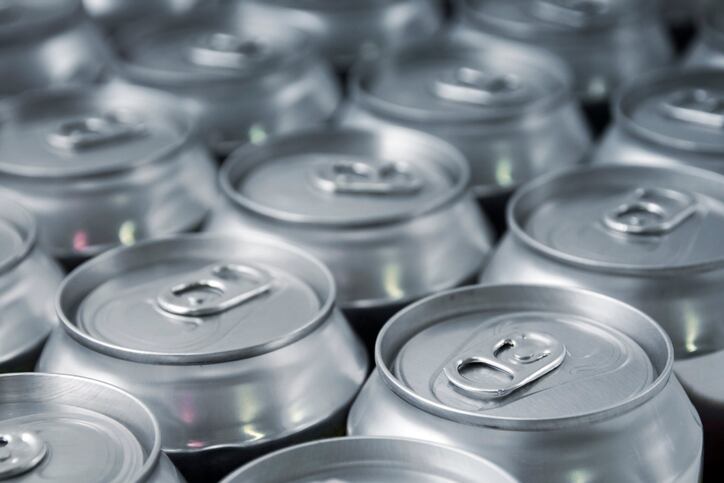The HFSS rules will hit the impulse channel particularly hard, given a ban on placing HFSS (high fat sugar and salt) products near tills.
But this in turn presents an opportunity for compliant no and low sugar brands to shine, says Britvic’s managing director Paul Graham.
In fact, a mix of voluntary calorie reduction and innovation and reformulation spurred by the introduction of the UK Soft Drinks Industry Levy in 2018, means that 78.8% of spend on soft drinks is already HFSS compliant – way above other categories like confectionery where only 2.7% of spend is compliant.
HFSS rules
From October, products that are high in fat, salt or sugar will face restrictions around promotions and placement in retail stores and online: with the government pointing to evidence that food retail price promotions are widespread and effective at influencing food preferences and purchases, particularly for children.
The new restrictions will apply to ‘prepared soft drinks containing added sugar ingredients’ : covering a wide range of drinks including fruit drinks, milk-based drinks, fermented yogurt drinks, kombucha and powders.
The rules include a ban on multibuy promotions, such as ‘buy one get one free’. They also state that HFSS goods cannot be placed in any area within 2m of the checkout facility or queuing area. Online, HFSS goods cannot be located at ‘locations’ such as the homepage of a website or pop-ups.
While the UK sugar tax kicks in at 5g sugar per 100ml, the HFSS rules will instead be based on a nutrient profiling model (NPM) developed by the Food Standards Agency.
Writing in Britvic’s UK Soft Drinks Review 2022, Paul Graham, managing director at Britvic, notes the soft drinks industry faces an array of challenges: the rise in the cost of living, the lowest consumer confidence levels on record, and in the UK, uncertainty over Deposit Return Scheme legislation.
“Many retailers and manufacturers will face additional challenges down the line with HFSS legislation coming into force in October 2022,” he notes.
But he emphasized that the soft drinks category can turn this into an opportunity.
“As a category, we are certainly no strangers to the impact of legislative changes, having navigated the soft drinks industry levy in 2018. This has shown how the category can react through reformulation and innovation, leading to a significant reduction in calories and sugar while it remained firmly in growth.
“Therefore soft drinks is well placed to confront the HFSS opportunity and see this as an opportunity for no/low sugar brands.”
Lower sugar drinks can fill a gap in the impulse channel
Impulse items will be heavily impacted by HFSS restrictions, and soft drinks are the largest impulse channel representing some 41% of the category.
“Upcoming HFSS legislation provides a significant challenge for retailers and operators, some of whom will have to make significant changes to the way they promote their products and lay out their stores,” notes Britvic. “Careful planning to mitigate this risk is essential.”
But in soft drinks, 78.8% of spend on soft drinks is already HFSS compliant, according to Kantar data. That’s way above other affected categories such as confectionery (where only 2.7% of spend is compliant); biscuits (4.1%), ice cream (5.2%) savory snacks (9.8%) and cakes (19.1%).
That means soft drinks are in a ‘strong place’ to help replace lost sales from HFSS items, says Britvic.
“The soft drinks category, worth 41% of total impulse, is ideally placed to help retailers plug this gap, having already evolved in recent years to cope with the Soft Drinks Industry Levy. Soft drinks can drive incremental sales from promotional feature space that other impulse categories can’t. “
However, this needs to be put in context: soft drinks are still the number one impulse category by value, meaning that the impact is still large with some £1.28bn of spend on impacted products.
That means manufacturers need to think about how their portfolios will stand up against the restrictions in October and adjust accordingly.
Britvic says it already has a range of products and activation to help maximise sales in the convenience channel through HFSS: with 90% of the Britvic portfolio already compliant.
For example, energy drink Rockstar (distributed by Britvic in the UK) will have its six top bestsellers HFSS compliant ahead of the regulations coming into effect.
Britvic's tips for maximising HFSS success
- Minimise HFSS risk through ranging compliant products
- Support compliant NPD to excite shoppers around healthier drinks
- Don’t edit out choice by completely removing HFSS products. There are still a lot of full sugar loyalists: such as 38% of stimulants (by value) and 9% of cola purchasers.
- Maximise occasions and events, such as Christmas, Halloween and Easter. Create occasion-based solutions with food and drink such as snacks and BBQs.




